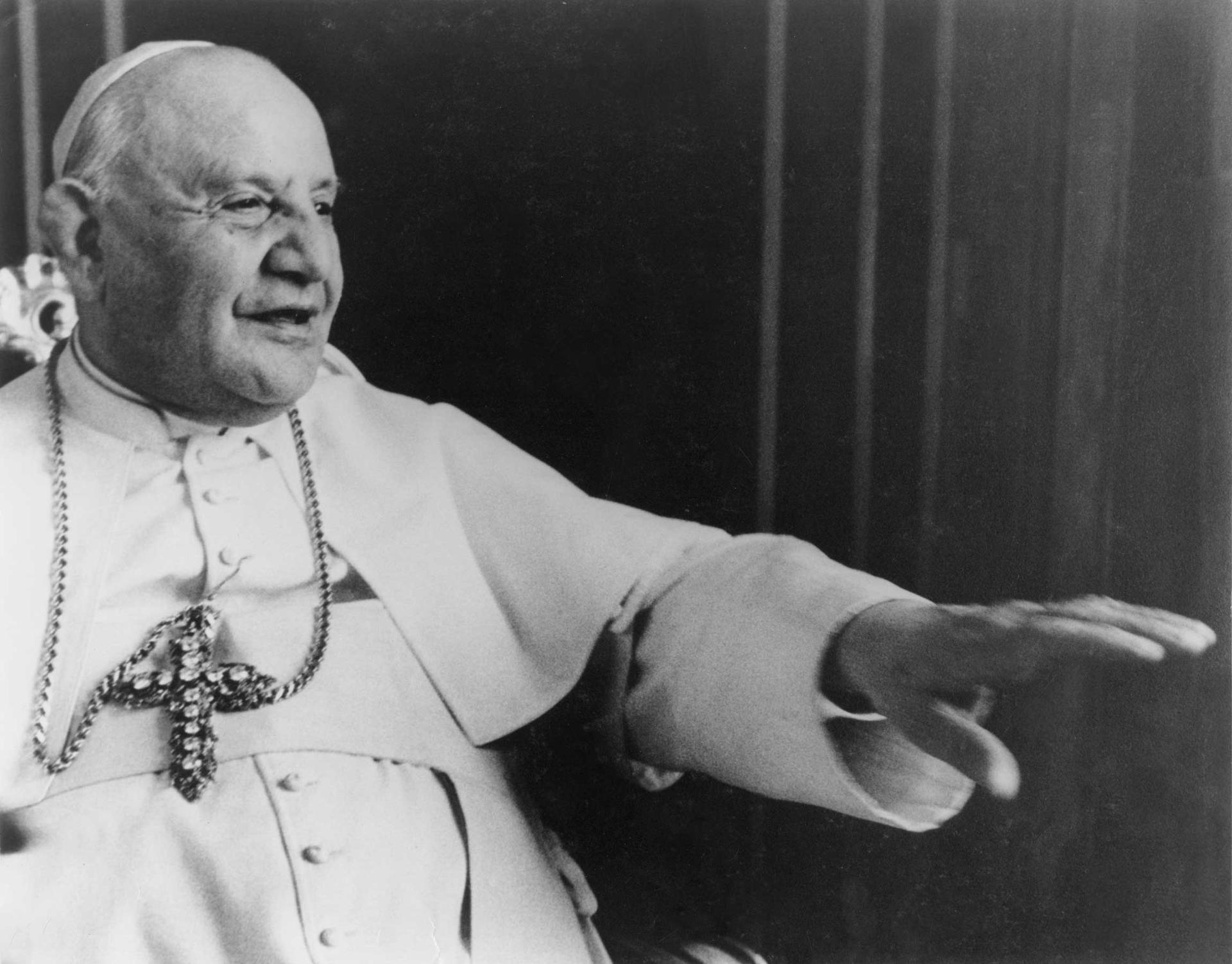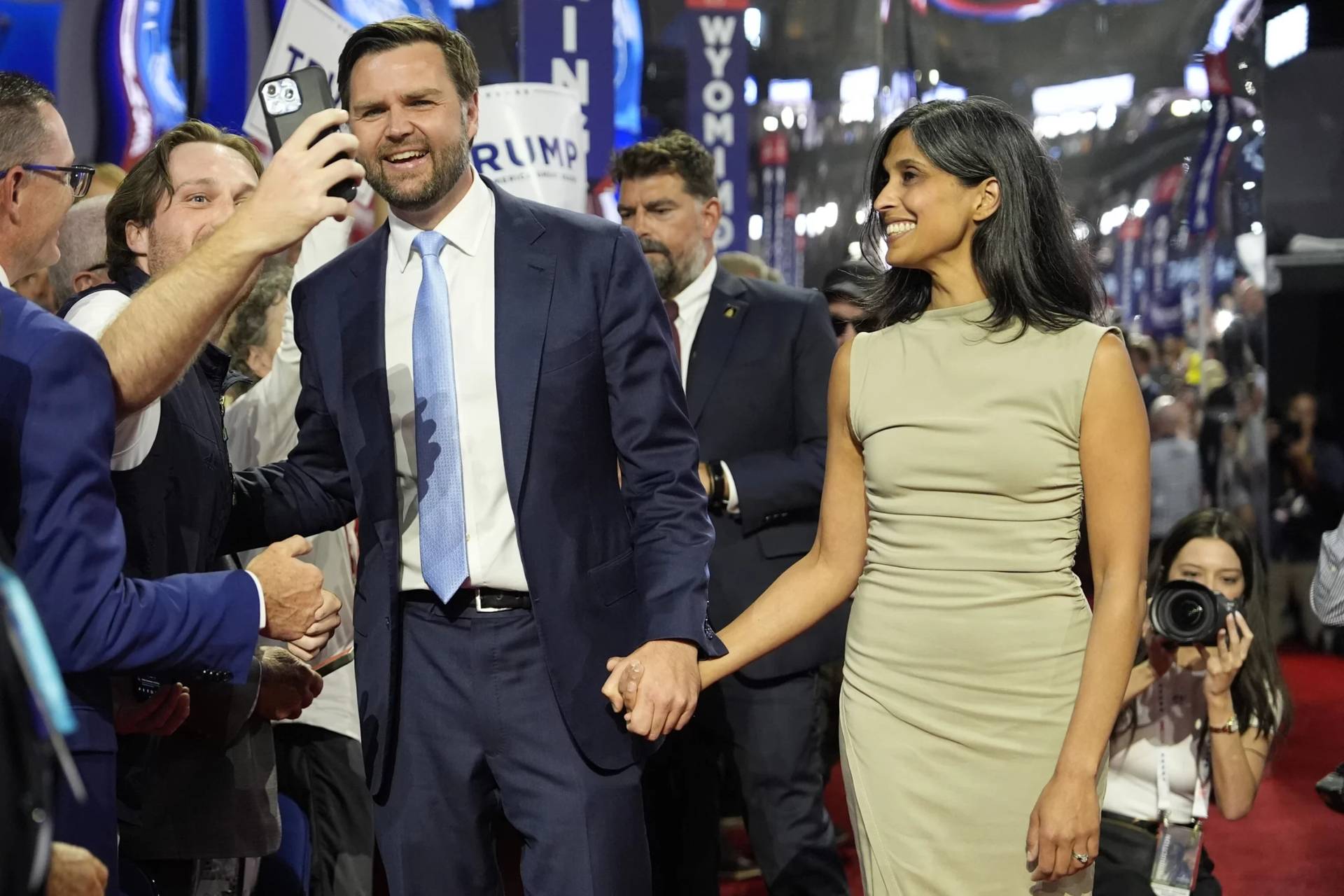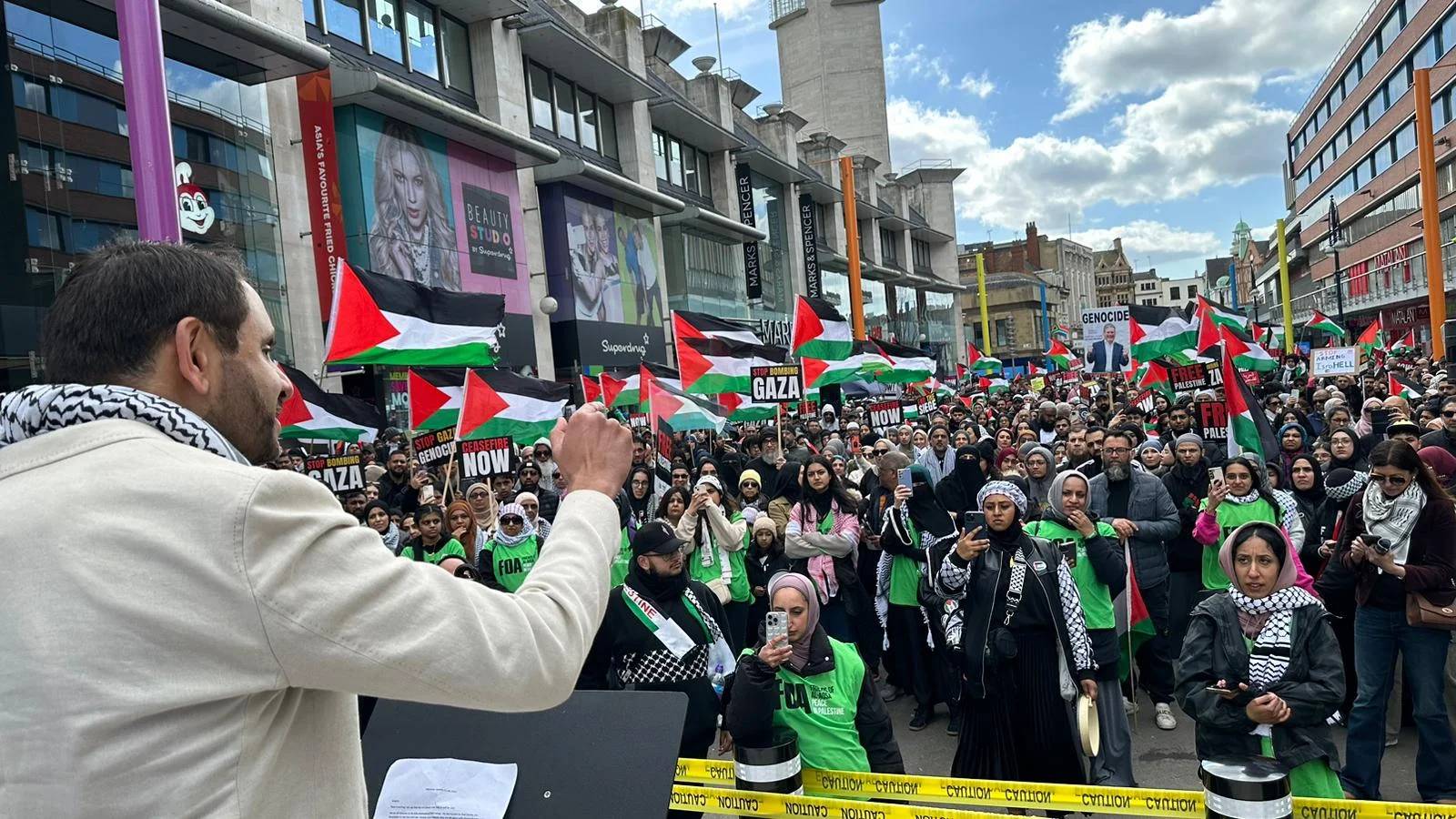In lots of ways, it’s probably premature to start crafting comparisons between the danger posed by North Korea’s threat to test-fire four ballistic missiles off the coast of Guam, coupled with U.S. President Donald Trump’s stern response, and the terror that gripped the world in October 1962 amid the Cuban Missile Crisis.
Back then, it wasn’t just one remote U.S. island territory in the firing line. If the Soviets and the Americans had launched an all-out nuclear war over Cuba, the entire planet would have been at risk.
Today, Guam is striking a sober but unpanicked stance. The island’s Governor, Eddie Calvo, has said the island is well-protected, including a THAAD missile defense system specifically designed to shoot down the kind of missiles possessed by North Korean dictator Kim Jong Un.
Further, island residents are long accustomed to blustery rhetoric from North Korea, and so far don’t seem unduly alarmed. Nevertheless, pastors in this overwhelmingly Catholic nation are trying to offer spiritual comfort.
In a statement released Wednesday, the Archdiocese of Agana in Guam urged faithful to “look to God in these difficult times.”
“Following the national news reports that North Korea has threatened to strike our island with missiles, the Archdiocese of Agana reminds everyone to stay grounded in the peace of Christ,” the statement said.
Given that things could escalate awfully quickly, it’s worth looking back at the role the Catholic Church played in the Cuba crisis a half-century ago – in particular, the contribution of St. John XXIII, known as “Good Pope John.”
As the drama began in mid-October, we know now, John XXIII was contacted through back channels by U.S. President John Kennedy and urged to speak out. The contact was kept private at the time.
“Kennedy didn’t want to give the impression that he was too much under Vatican influence, being the first Catholic president,” said Jesuit Father Norman Tanner, a Church historian, in a 2012 interview with Vatican Radio.
“But it’s clear from later records,” Tanner said, “that Kennedy did approach the pope.”
On Oct. 22, Kennedy went on U.S. television to announce that any missile fired from Cuba would trigger a full retaliatory response upon the Soviet Union, and that the U.S. was imposing a naval blockade on Soviet shipments. On Oct. 24, Khrushchev warned that such an act of “outright piracy” by the U.S. would lead to war.
That was the global situation when John XXIII took to Vatican Radio on Thursday, Oct. 25, 1962, speaking in French, the language of international diplomacy, to issue a passionate appeal for peace.
“We beg all governments not to remain deaf to this cry of humanity,” he said. “That they do all that is in their power to save peace. They will thus spare the world from the horrors of a war, whose terrifying consequences no one can predict.
“[We ask] that they continue discussions, as this loyal and open behavior has great value as a witness of everyone’s conscience and before history,” John XXIII said. “Promoting, favoring, accepting conversations, at all levels and in any time, is a rule of wisdom and prudence which attracts the blessings of heaven and earth.”
That statement was carried on the front pages of newspapers all around the world the next morning, including the Soviet party organ Pravda.
Two days after that, Khrushchev announced that the Soviet ships were turning around, and the crisis had passed.
Tanner is quick to emphasize that one shouldn’t exaggerate the consequences of John XXIII’s act, calling it a “factor” rather than a “crucial intervention.” Still, Tanner said, even Khrushchev admitted it made a difference.
“On the Russian side, we know that there were contacts with Pope John XXIII just before this broadcast,” Tanner said. “We know later that Khrushchev publicly acknowledged his gratitude and debt to John XXIII for, as it were, letting him off the hook, giving him a reason for withdrawing.”
By the time John XXIII made that broadcast, he already knew he was a dying man. Two months later, still haunted by the near-miss of a nuclear war, he issued his final encyclical, Pacem in Terris, making the case for peace as his last testament to the world.
Tanner said the document marked a turning point in papal social teaching.
“He was appealing to all nations, all states, and that worldwide dimension was a new emphasis,” he said. “Before, when popes spoke on justice and peace, there was greater emphasis on the rights of Catholic states, the right of a Catholic nation to defend itself, but John XXIII appealed more directly to human nature, human rights, and the importance of peace in itself for all people, in a way that transcended the immediate concerns of the Roman Catholic Church.”
The letter was addressed not just to the hierarchy, clergy and faithful of the Catholic Church, but also to “all men of good will.”
Cut from the same cloth as John XXIII in so many ways, Pope Francis has already issued several eerily similar appeals for peace, including warning in April that a nuclear war triggered by the North Korean standoff would destroy “a good part of humanity, and of culture, everything, everything.”
No doubt he’ll continue to do so, perhaps as early as today in his Sunday Angelus address.
The legacy of John XXIII is a timely reminder that such declarations aren’t magic wands, but, in the hands of an admired and effective pontiff – one who, as they used to say about St. John Paul II, “knows how to pope” – and delivered at the just-right moment, every now and then they can change the world.
















